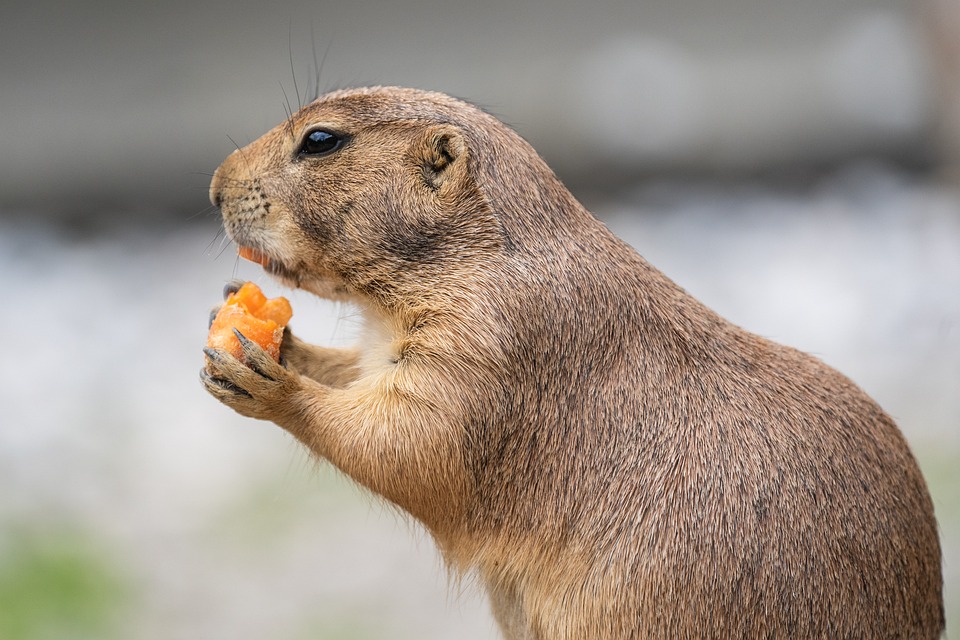Food aggression is a common problem among dogs that can be both frustrating and concerning for pet owners. It is important for dog owners to understand the underlying causes of food aggression and implement preventive measures to address the issue effectively. This comprehensive guide aims to provide dog owners with a deeper understanding of food aggression, its causes, and effective prevention strategies.
Food aggression, also known as resource guarding, refers to a behavior where a dog becomes possessive and protective of its food or treats. This behavior can manifest as growling, snapping, or even biting when someone approaches the dog during mealtime. It is important to note that food aggression is a natural instinct for dogs and is rooted in their ancestral survival instincts.
There are several common causes of food aggression in dogs. One of the main causes is instinctual behavior. Dogs have an instinctual need to protect their resources, including food. This behavior is rooted in their ancestral survival instincts. Lack of socialization is another common cause of food aggression. Dogs that have not been adequately socialized may develop food aggression due to fear or anxiety around other animals or humans. Previous negative experiences can also contribute to food aggression. Dogs that have experienced food deprivation or competition for resources in the past may develop food aggression as a defense mechanism. Additionally, poor feeding practices such as inconsistent schedules, free-feeding, or unintentional reinforcement of aggressive behavior during mealtimes can contribute to food aggression.
Recognizing signs of food aggression is essential for early intervention. Some common behaviors to look out for include growling or snarling when approached while eating, stiff body language, a protective stance over the food bowl, and in extreme cases, snapping or biting to protect their food.
Preventing food aggression in dogs requires a proactive approach. Proper socialization is key to reducing fear and anxiety-related food aggression. Early and ongoing socialization with other animals and humans can help dogs feel more comfortable and less possessive of their food. Positive reinforcement training methods can also be effective in reducing food aggression. By associating positive experiences with people approaching their food, dogs can learn to trust and become less aggressive. Establishing a feeding routine and maintaining a consistent schedule can also help dogs feel secure and reduce the likelihood of resource guarding. Teaching your dog the “leave it” command can also be helpful in redirecting their attention from food and discouraging possessive behavior.
To address common queries related to food aggression, a FAQs section has been included in this guide. It addresses questions such as whether food aggression can be completely cured, whether punishing a dog for displaying food aggression is effective, whether neutering or spaying can eliminate food aggression, and how to approach a food-aggressive dog safely.
In conclusion, food aggression is a common behavioral issue in dogs that requires understanding, patience, and proactive measures from pet owners. By recognizing the causes and implementing effective preventive measures, dog owners can help their dogs overcome food aggression and ensure a safe and peaceful mealtime experience for everyone involved.









